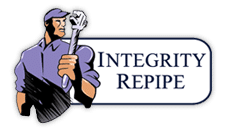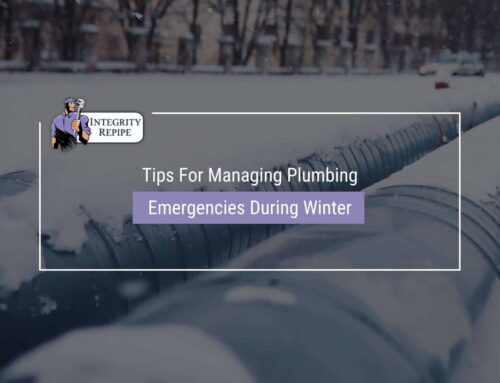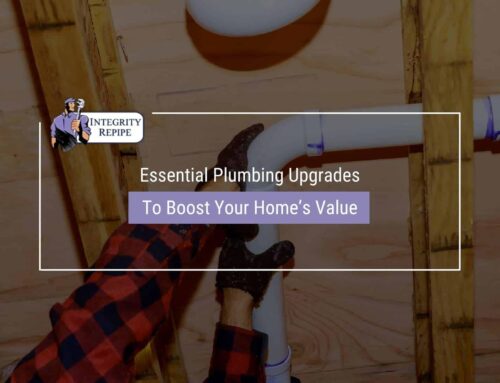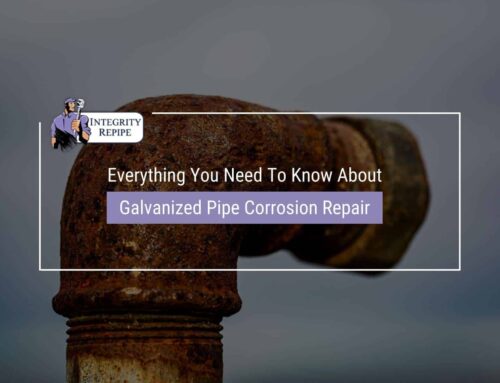Why Copper Plumbing is a Durable & Reliable Choice for Homes
Durability constitutes a pivotal advantage associated with the utilization of copper pipes vis-à-vis their plastic counterparts. With adherence to meticulous installation protocols and diligent maintenance practices, a meticulously crafted plumbing infrastructure constructed from premium-grade copper materials can be expected to endure between 50 to 70 years with optimal functionality.
Maintenance considerations further underscore the superiority of copper pipes, as they boast ease of upkeep and repairability compared to plastic piping systems. The seamless soldering process obviates the necessity for additional connectors that might be prone to weakening over time, thereby streamlining maintenance efforts and enhancing long-term reliability.
Beyond operational functionality, the investment in copper repiping translates into augmented property resale value. Prospective buyers are apt to recognize and value the enduring benefits conferred by a modernized plumbing system featuring copper pipes, underscoring the strategic significance of this upgrade in enhancing property marketability and perceived value.
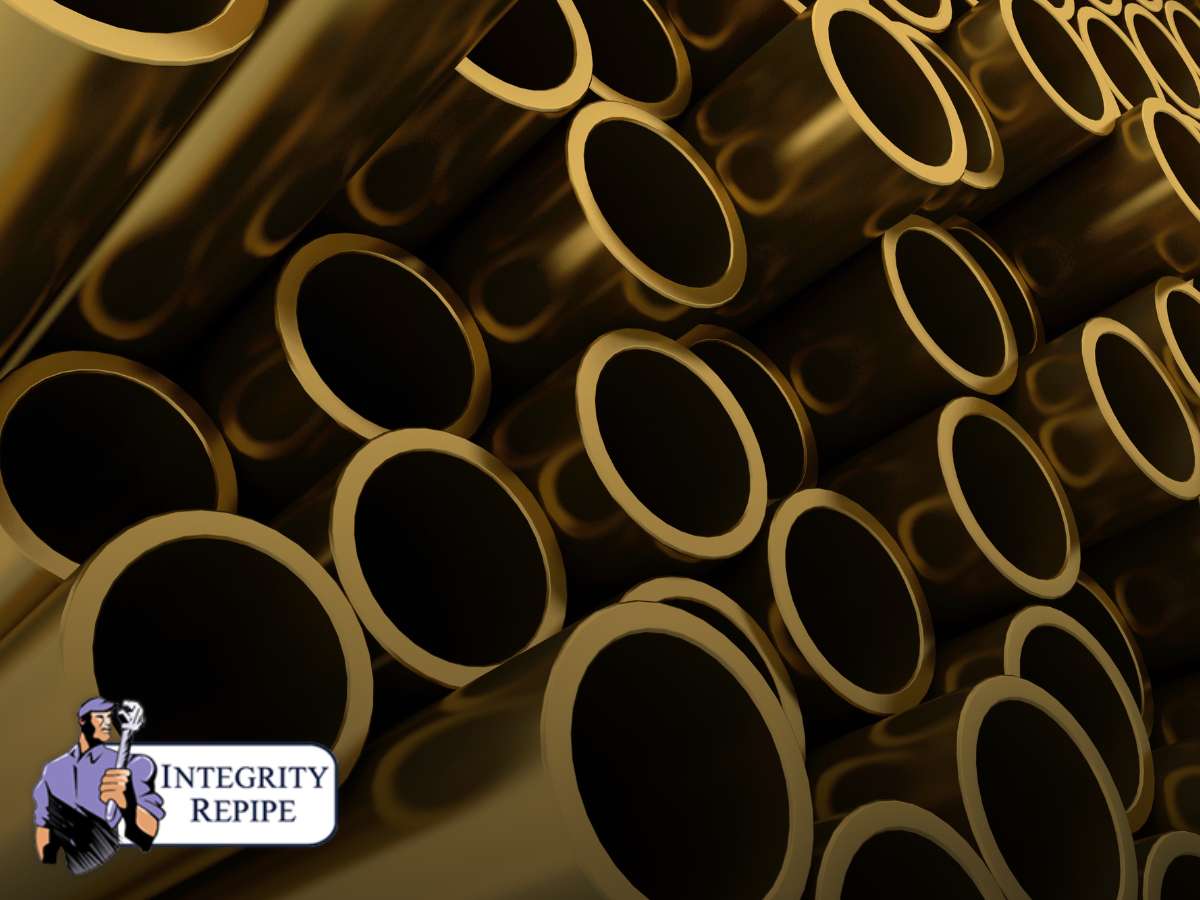
Initial Assessment of Plumbing System Layout
The cornerstone of a successful copper repiping initiative lies in a thorough evaluation of your current plumbing system’s layout. Leveraging a meticulously crafted plumbing diagram aids in comprehending the intricate network of pipes coursing through your residence, pinpointing precise locations necessitating the installation of new copper piping. Collaboration with seasoned plumbing professionals is paramount.
Removal of Outdated Quest Plastic Piping
Clearing the path for the installation of robust copper pipes necessitates the meticulous removal of obsolete and potentially hazardous materials such as Quest plastic piping. Accomplished plumbers undertake a methodical disconnection of these outdated conduits from fixtures and fittings, ensuring adherence to local regulations governing safe disposal practices.
How to Install New Cold & Hot Water Lines with Copper Piping
- Cold Water Lines: Commencing the installation endeavor involves the laying of new cold-water lines crafted from durable copper material. These conduits establish direct links from the primary shutoff valve at your property’s perimeter to diverse areas necessitating access to fresh potable water, encompassing kitchen sinks and bathroom faucets.
- Hot Water Lines: Concurrently, the installation of new hot water lines ensues, facilitating seamless connections from your domicile’s water heater to fixtures mandating heated water, including showers and bathtubs. These copper conduits underpin a consistent and dependable supply of hot water traversing the expanse of your household.
Ensuring Proper Pipe Securing with Safety Plates
Upon the completion of the copper piping installation phase, meticulous attention is devoted to securing these conduits with precision using safety plates. These purpose-designed metal brackets serve as a protective shield, safeguarding the pipes against inadvertent punctures or damage during prospective construction endeavors involving nails or screws. Prudent deployment of these protective measures substantially mitigates the likelihood of leaks and other plumbing exigencies in the foreseeable future.
Guide to Replacing Shower Valves During Copper Repiping
A pivotal aspect of any bathroom renovation involving repiping is the meticulous replacement of shower valves. This segment elucidates the proper procedure for installing new shower valves during the repiping process, ensuring optimal functionality while maintaining seamless compatibility with newly installed copper pipes.
How to Select the Best Shower Valve Model for Copper Piping
The initial step in upgrading your shower valve entails selecting a fitting model that harmonizes effectively with your revamped copper piping system. Diverse types of shower valves, such as pressure-balancing and thermostatic mixing valves, present distinct features and advantages. Pressure-balancing valves uphold consistent water temperature by regulating the flow of hot and cold water, while thermostatic mixing valves empower users to preset their desired temperature for added convenience.
To ascertain compatibility with your revamped plumbing infrastructure, it is imperative to seek guidance from a proficient plumber or refer to manufacturer specifications when selecting a valve model.
Installation Guidelines for Seamless Operation
- Water Supply Shutdown: Before commencing any work on your shower valve replacement endeavor, ensure to deactivate the main water supply line leading into your residence. This precautionary measure forestalls potential flooding or damage stemming from inadvertent leaks during installation.
- Creation of Access Panel: In the absence of an existing access panel behind the current shower valve location, craft one employing suitable tools such as drywall saws or oscillating multi-tools. An access panel facilitates convenient maintenance of internal components without necessitating the removal of tiles or other wall coverings in the event of future repairs.
- Removal of Old Valve: Methodically extract the old shower valve from its housing, meticulously noting any connections or fittings that may necessitate reuse with the new valve. Thoroughly cleanse the area before proceeding further.
- Installation of New Valve: Adhering to manufacturer instructions and directives, securely affix your selected shower valve into its designated position within the wall cavity. Validate the integrity of all connections by conducting a water flow test post-installation to confirm leak-free functionality.
- Finishing Touches: After confirming the flawless installation and operation of your new shower valve, reinstate any requisite wall coverings or tiles around the access panel to achieve a polished aesthetic.
How to Update Toilet Plumbing During a Copper Repipe Project
When engaging in a copper repipe endeavor, addressing toilet plumbing updates is paramount. This section succinctly outlines the necessary steps and considerations for updating your toilet’s water supply lines in tandem with a comprehensive copper repiping project.
Best Materials for Toilet Water Supply Lines in Copper Repipe
The initial step in toilet plumbing updates entails choosing appropriate materials for new water supply lines. While copper pipes excel in mainline plumbing, flexible stainless steel braided hoses are recommended for connecting toilets to the newly installed copper piping system. These hoses offer several advantages:
- Durability: Stainless steel braided hoses resist corrosion and withstand high water pressure, ensuring enduring performance.
- Flexibility: Their pliability facilitates easy installation and adjustment of the connection without exerting stress on components.
- Kink Resistance: The braided design prevents kinking or bending that could lead to leaks or reduced water flow over time.
Leak Prevention Techniques for Copper Pipe Installation
In addition to material selection, employing proper installation techniques is crucial to prevent leaks at connection points. Follow these tips for leak-free connections:
- Secure Connections Without Over-Tightening: Tighten nuts snugly using adjustable wrenches, avoiding excessive force that may damage seals.
- Use Teflon Tape or Pipe Joint Compound: Apply Teflon tape or pipe joint compound on threads to ensure a watertight seal and prevent water seepage.
- Inspect for Leaks Post-Installation: Turn on the main water supply to check for leaks, addressing any issues promptly by tightening connections or replacing faulty components.
Why Copper Repiping is Essential for Home Plumbing Systems
Copper repiping stands as a pivotal service for homeowners seeking to enhance their plumbing infrastructure. The enduring reliability and longevity of copper pipes surpass plastic alternatives, ensuring a robust and durable system. The repiping process encompasses assessing the current layout, removing old piping, installing new lines, and fortifying them with safety measures.
In tandem with repiping, homeowners can explore upgrading shower valves, sink fixtures, and toilet plumbing for enhanced functionality. Engaging a qualified plumber with requisite certifications and positive client feedback is imperative for ensuring impeccable workmanship.
For copper repipe services or comprehensive plumbing solutions in California and neighboring areas, contact us at Integrity Repipe today for professional assistance!
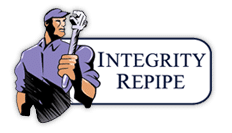
Published by – Integrity Repipe, Inc
Email: [email protected]
Website: www.integrityrepipe.com
Mission Viejo, CA
27281 Las Ramblas, Suite 200
Mission Viejo, CA 92691
Phone: 877-473-7473
San Clemente, CA
927 Calle Negocio Suite O
San Clemente, CA 92673
Phone: 949-397-2404
Long Beach, CA
2201 N Lakewood Blvd, Ste D #297
Long Beach, CA 90815
Phone: 562-362-5040
Chula Vista, CA
591 Telegraph Canyon Road
Chula Vista, CA 91910
Phone: 619-313-5744
Ladera Ranch, CA
27762 Antonio Parkway L1
Ladera Ranch, CA 92694
Phone: 949-397-2795
Lakeside, CA
8337 Winter Gardens Boulevard
Lakeside, CA 92040
Phone: 619-494-3507
Aliso Viejo, CA
27068 La Paz Rd #771
Aliso Viejo, CA 92656
Phone: 949-449-1142
Oceanside, CA
1759 Oceanside Blvd C,
Oceanside, CA 92054
Phone: 442-300-3057
Porter Ranch, CA
19360 Rinaldi
Porter Ranch, CA 91326
Phone: 818-630-9265
